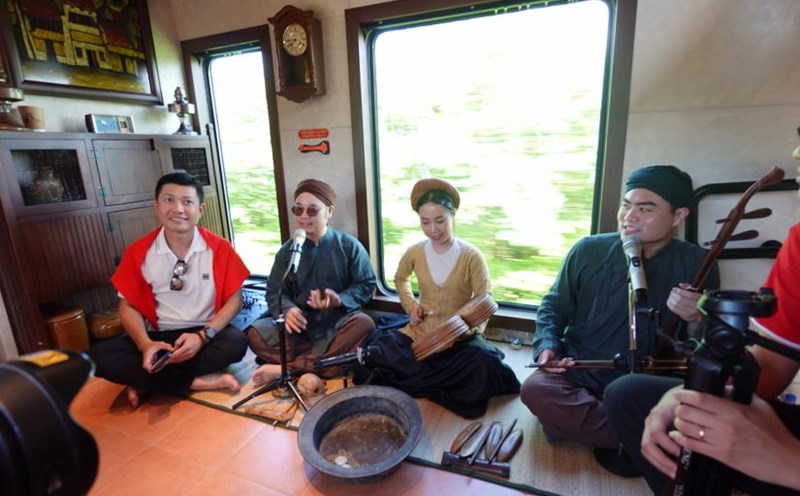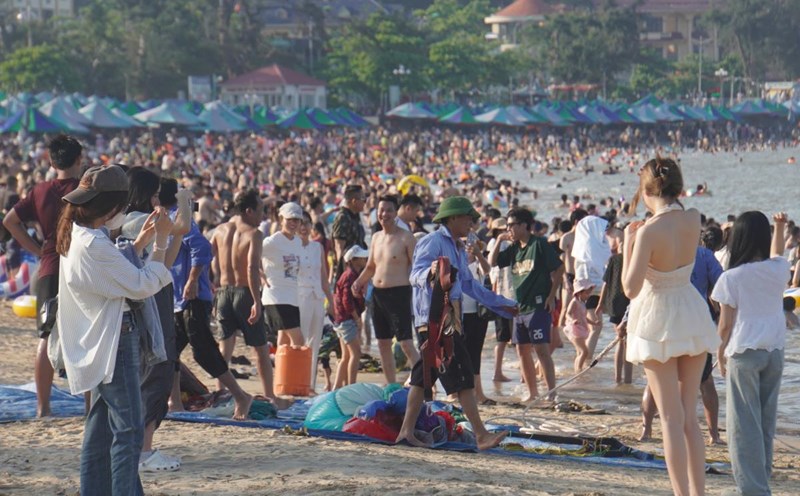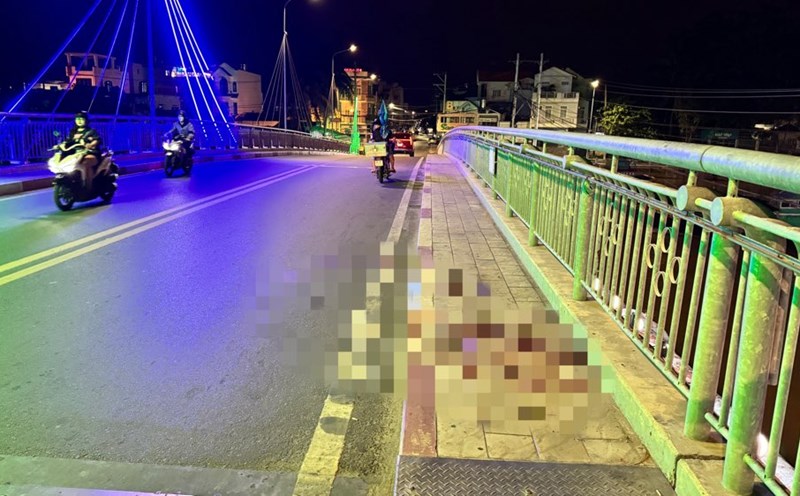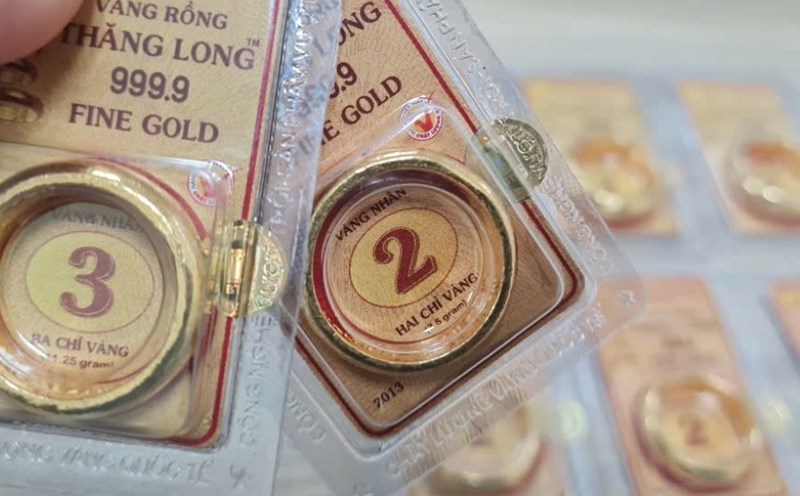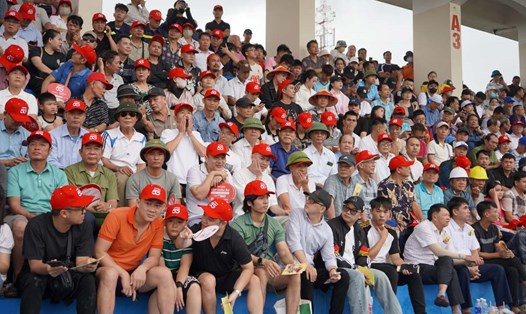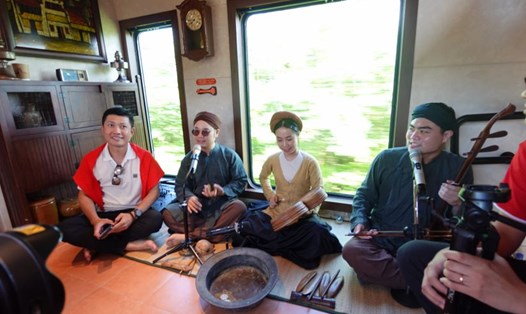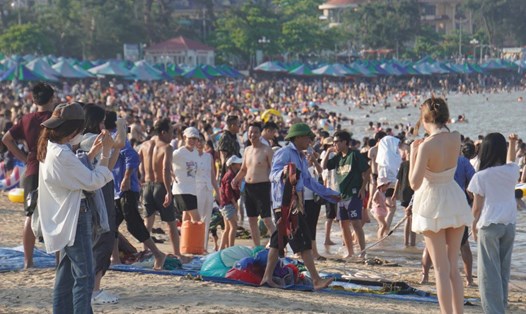It is a journey back to the pristine nature of the hundred-year-old forest, a journey into the sacred spiritual world with an ancient temple, and also a journey back in time to admire the historic lighthouse that has lasted for more than a century. To fully understand the value of the pearl island, that journey must start from the mother land of Do Son, where the cultural relics of thousands of years are deposited.
Do Son, an ancient land
According to some researchers, in the early AD, this was the gateway to welcome merchant boats and groups of the Tieu Thuong River to do business and practice Buddhism in Giao Chau land. Therefore, there are opinions that Do Son is the Buddhist pilgrimage route to Vietnam, with the center being the ancient citadel of Luy Lau (current day Bac Ninh). Legend in the Do Son region says that monk Ban in Thien Truc land (India) went to Do Son to propagate Buddhism and built a Hang pagoda (Coc Tu), the earliest pagoda in the cave in the Northeast region.
In Buddhism, Do Son is famous for Tuong Long tower pagoda, a 9-storey tower, as if reaching the blue sky, built in 1058, named by King Ly Thanh Tong as Tuong Long (golden dragon appearing/going up). This is a famous festival that accompanied the Ly Dynasty kings, and is also the gate of the Dai Viet nation in the Northeast region of the Fatherland.
Do Son is also famous for the autumn buffalo fighting festival in August with the song: "No matter where you trade/Moong Chin in August fights buffalo fighting, return/No matter who sells a hundred crafts/Moong Chin in August remember fights buffalo fighting".
This is an ancient festival/reunion ceremony, associated with the god of the Great Red Cross, the protector of the people of Do Son fishing village, going out to sea on a windy sailing, with fish and shrimp in boats, and a life of fullness and happiness.
Not only a land rich in historical and cultural traditions, Do Son is also a scenic spot, where land - sky, spring - water blend together to create a majestic mountain range shaped like "Jiu Zhongzi", and a side is a blue sea with beautiful white sand beaches, creating a poetic and charming scene. In that charming scene, not far away (about 2km), to the Southeast of Do Son, a blue pearl island appeared, which is Hon Dau Island.
Hon Dau Island has an area of about 12km2, preserved in the heart of a primeval forest, with a rich and diverse plant system, notably hundreds of ancient red-leafed banyan trees, included in the list of heritage trees of Vietnam.
On the island, there is a spiritual and cultural project called the temple of Nam Hai Vuong. According to the legend of the people of the Do Son sea area, during the Tran Dynasty, after the aquatic battle on the Bach Dang River that dispersed the Northern Mong army in 1288, one morning, the fishermen saw a headless body, wearing a pillar floating on the island. Everyone took it ashore to prepare for the funeral the next day. But in the morning, people were extremely surprised to see the army general's body being carved into a large grave. Considering this a strange and sacred thing, the fishermen have renovated the tomb and built a temple.
According to legend, during the reign of the Le Dynasty (17th - 18th centuries), King Le studied the Do Son sea area and stayed overnight on Dau Island, dreaming of an old man with gray hair claiming to be an island god. The king burst into tears and said, if it is a god, then let it be known. After breaking the words, a big fish jumped onto the dragon boat. Seeing the response of the royal court to him is the Great Island God/Nam Hai God.
The Nam Hai Dai Temple of the Great King was built a long time ago, associated with the legend of the ancient island, but the year of construction is unknown. However, through researching a stele with the art style of the Nguyen Dynasty in the early 19th century, engraved with the word "Old Island", it provides us with important information about the time of temple restoration and embellishment, especially in the late 18th and early 19th centuries.
To commemorate the merits of the sea god, Do Son people organize the Dau island festival from the first to the Ninth of the second lunar month every year. The ceremony with the ceremony of carrying lanterns and releasing coastal boats on a solemn, sacred night is filled with traditional cultural colors of the coastal area. The festival with the belief practice program of worshiping the Three Government Mother of the Vietnamese people created a bustling atmosphere.
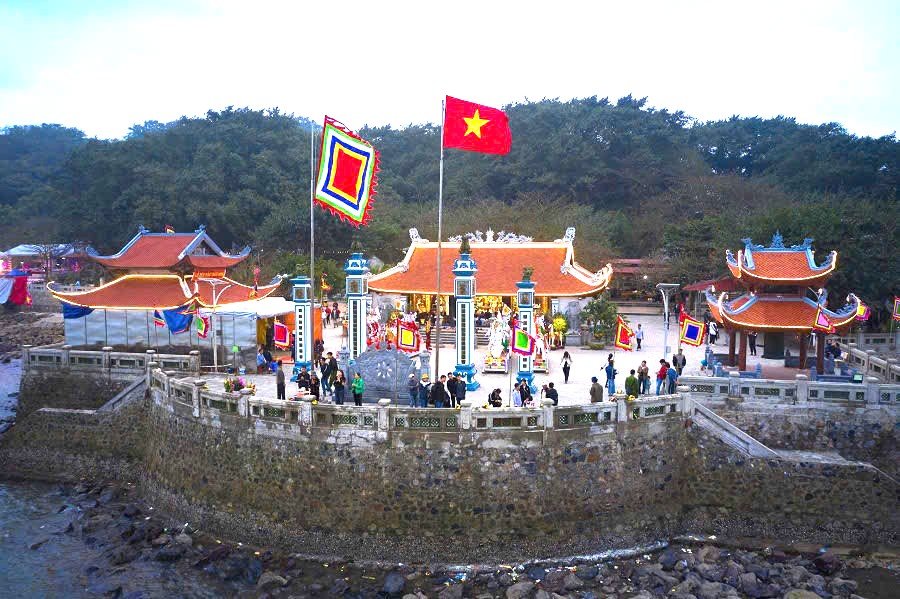
Hon Dau lighthouse, a witness to history
On Hon Dau Island, there is also a special Western-style architectural work, which is the lighthouse/seallight, so the people also call it a light island. Hon Dau Lighthouse is associated with the formation and development of Hai Phong Port.
According to documents from the National Archives Center I: In 1876, to serve the guidance for ships entering and exiting Hai Phong port, at Hon Dau (at an altitude of 42m above sea level), the French erected an 8m high cast iron pole, on top of which the lighthouse was installed, when climbing up to light, they had to use an outside ladder, so the lighting range of Hon Dau Lighthouse at this time was very limited, about 10 miles (1 month = 1.6km). To increase the lighting of the lighthouse to 20 miles, a Hon Dau Lighthouse reconstruction committee was established in 1888 and allocated a budget of about 28,000 francs to build it.
In 1892, the Hon Dau Lighthouse project was started, including the following items: Lighthouse tower, stairs to the lighthouse and houses for guards. The lighthouse architecture is about 19m high, including 2 parts: The lower part is in the shape of a pillar, the upper part is in the shape of a cup. After 4 years of construction, in 1896, Hon Dau lighthouse was completed and on July 13, 1898, Hon Dau lighthouse came into operation with a light height of 62m above sea level and a range of 21 miles.
During the years of the resistance war against the US to save the country, enemy aircraft repeatedly destroyed the lighthouse and spread waterlogs to blockade Hai Phong port. Accompanying the army and people of the port city, the soldiers and light guards on the island fought with the spirit of "There are still people, there are still islands, there is still heart, there is still light" to protect the lighthouse, the light to guide ships to Hai Phong port safely.
In 1967, Hon Dau lighthouse was destroyed by an American bomb, but was quickly replaced by light guards. After many renovations, in 1995, Hon Dau lighthouse was restored and restored to its original state. This is a majestic 2-storey building, standing out on a green sky, with neoclassical architecture, with a light tower with a sturdy, raised figure. To get to the top of the light tower, visitors will climb a spiral wooden staircase with 125 steps. Feeling tired and frustrated, I will burst into tears when I step out of the stairs, which is a wide, airy round corridor in the windy sky. There is a "pearl eye", the soul of the lighthouse is designed in the shape of a camera, with flashing lights and white light according to the 15s cycle.
Thus, when coming to Hon Dau Island, visitors can not only return to the origin of the people of the coastal area, where there is a sacred temple worshiping the Great God of the Sea, the patrons of this coastal area, but also explore the magnificent, ancient star, which has been steadfastly shining for more than 100 years, leading ships to the port safely. And even more wonderful when coming to Hon Dau Island, visitors can immerse themselves in the fresh to pure space of the primeval forest, watching the sunrise and sunset every day on the ancient rock fields.
Hopefully in the near future, Hon Dau - the pearl island at the head of the Do Son sea area will shine, attracting tourists from all over to explore and relax.


